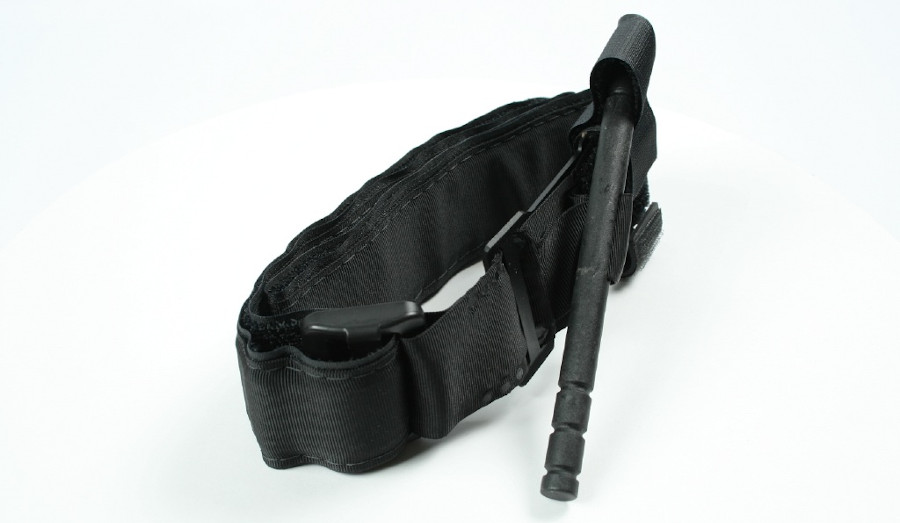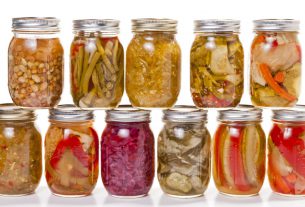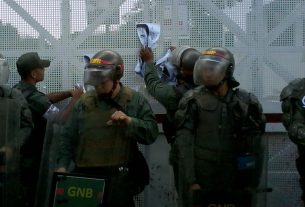After the spate of riots last summer, fears of crime and violence are on the rise. Many American cities are seeing huge increases in crime of all types, from assaults to robberies and even murders. That has helped drive a huge increase in gun sales, as Americans from all walks of life are more interested than ever in protecting themselves and their families.
Guns aren’t a cure all, however, and if you consider the possibility of getting into a gunfight, you should be prepared to accept the consequences of that, including the possibility that you might get shot yourself. Accordingly, it’s very important that you carry in your vehicle or on your person a gunshot wound kit. Here are some of the things you’re going to want to have when putting together that kit.
1. Training
All the gear in the world isn’t worth a darn without training. And when it comes to stopping bleeding and treating gunshot wounds, proper training in the use of this equipment can literally mean the difference between life and death.
2. Tourniquet
A tourniquet is used to stop blood flow to the arm or leg in the event of a severe wound that can’t be treated any other way. Think major arterial damage that would cause you to bleed out. Make sure you are trained on how to use a tourniquet both on others and on yourself. And keep a pen or marker handy to write what time you apply the tourniquet so that first responders know, otherwise you risk the possibility of amputation.
3. Hemostatic Agents
Hemostatic agents such as QuikClot can stop severe bleeding in areas that aren’t accessible to tourniquets, such as the neck, groin, etc. They can come in many different forms, from powders to sprays and even dressings with the agent impregnated in them. Know how to use them, when to use them, and which types are most effective.
4. Chest Seals
Chest seals are used when a sucking chest wound is present, to prevent pneumothorax, or collapsed lung. It’s best to carry two, in case of both entry and exit wounds in need of sealing. Get training on how to use a chest seal, as it isn’t as simple as putting on a band-aid, and some types could do more harm than good if improperly administered.
5. Pressure Dressings
Pressure dressings such as Israeli battle dressings are a popular way of stopping hemorrhage. Do your research and pick the type that you think will serve your needs best.
6. Gauze
Depending on the severity of your bleeding, you may need to pack it with gauze. Be sure to carry plenty of it.
7. Shears
Gunshot wounds under the clothing will likely require clothing to be cut away, particularly if bleeding is heavy. Make sure to carry a pair of emergency shears to cleanly and easily cut away clothing and make a wound easier to clean and treat.
8. Gloves
You won’t likely need gloves if working on yourself, but if you’re treating someone else you’ll find them necessary. Make sure to carry at least two pairs of nitrile or other disposable gloves.
There are other items you can carry in this kit too, but these are just the most important ones. Remember, get training in how to stop bleeding first, then put together your kit so that the equipment you choose will best serve your needs.
Image: Wikipedia
This article was originally posted on Red Tea News.





